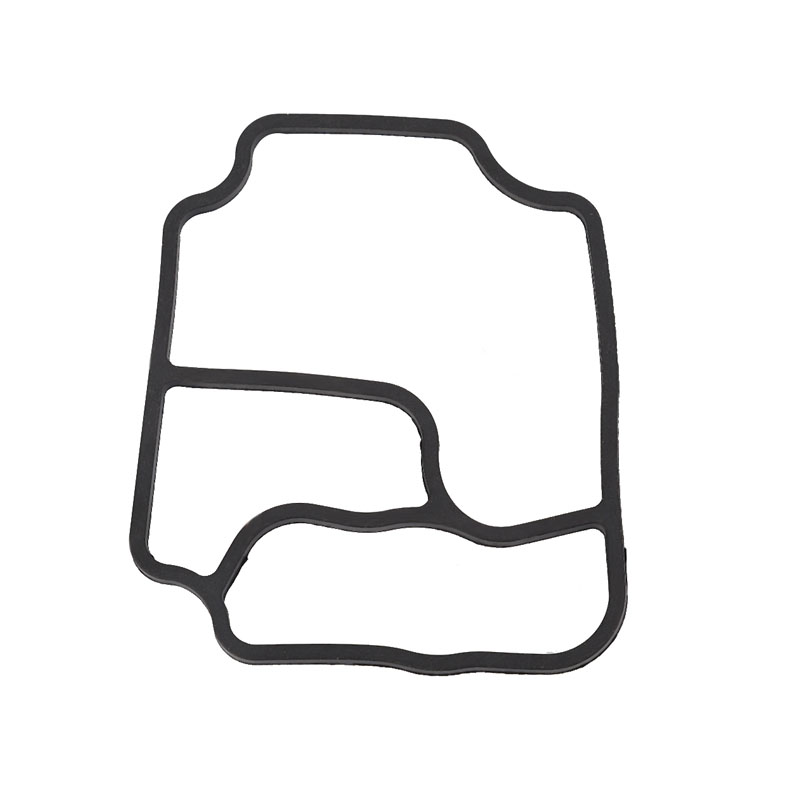engine oil pan drain plug
Understanding the Engine Oil Pan Drain Plug Importance, Function, and Maintenance
The engine oil pan drain plug might seem like a small and inconspicuous component of a vehicle's engine system, but its role is crucial in maintaining engine health and performance. The drain plug is typically located at the lowest point of the oil pan, which houses used engine oil. This article will delve into the significance, functionality, and maintenance of the engine oil pan drain plug.
What is the Engine Oil Pan Drain Plug?
The engine oil pan drain plug is essentially a threaded plug that allows for the draining of engine oil from the oil pan. It is usually made of metal and is designed to withstand the high temperatures and pressures that oils are subjected to during engine operation. This plug provides a secure closure for the oil pan while also offering a convenient access point for oil changes.
Importance of the Drain Plug
Regular oil changes are vital for the longevity and efficiency of an engine. The drain plug facilitates this process by allowing the old, contaminated oil to be fully drained out before new oil is introduced. If the oil is not changed regularly, it can become dirty and lose its viscosity, leading to increased friction and wear on engine components. A properly functioning drain plug ensures that all old oil can be removed effectively, thus promoting better lubrication and cooling of the engine.
Moreover, a secure drain plug helps to prevent oil leaks, which can lead to significant engine damage and environmental contamination. A leaking drain plug may cause a loss of oil, resulting in insufficient lubrication and potential engine failure.
Functionality
When it comes time for an oil change, the mechanic will remove the drain plug to let the old oil flow out. It is important for the engine to be warm but not too hot, as warm oil drains out more easily. Once the old oil has drained completely, the drain plug is reinstalled, usually with a new washer to ensure a tight seal. After that, new oil is added to the engine, ensuring it is at the appropriate level for optimal performance.
engine oil pan drain plug

Maintenance Tips
To prevent issues related to the drain plug, regular inspection and maintenance are advisable. Here are some tips
1. Check for Tightness Periodically check the drain plug to make sure it is tight. Over time, due to thermal expansion and contraction, it can loosen and create potential oil leaks.
2. Inspect for Damage During oil changes, inspect the drain plug and the oil pan for any signs of wear or damage. A cracked or worn drain plug should be replaced immediately to prevent leaks.
3. Use the Right Washer When reinstalling the drain plug after an oil change, always use a new washer that is compatible with your vehicle to ensure a proper seal.
4. Monitor Oil Levels Keep an eye on oil levels and watch for any unexplained drops. This can be an indication of a leak around the drain plug or elsewhere.
5. Consult Professional Help If you notice persistent leaks or any issues related to the drain plug, it’s best to consult a professional mechanic who can diagnose and rectify the problem.
Conclusion
The engine oil pan drain plug plays a fundamental role in vehicle maintenance, contributing directly to engine health. By ensuring its functionality and conducting regular inspections, vehicle owners can significantly enhance the performance and longevity of their engines. Remember, a simple component can make a substantial difference when it comes to engine care, so don’t overlook the importance of the drain plug in your vehicle maintenance routines.
-
The Ultimate Guide to Car Repair Kits: Tools and Essentials Every Driver Should Own
News Aug.01,2025
-
The Complete Guide to Oil Pan Gaskets: Sealing Engine Leaks the Right Way
News Aug.01,2025
-
Preventing Oil Leaks: A Complete Guide to Oil Pan Gaskets and Drain Seals
News Aug.01,2025
-
Everything You Need to Know About Oil Pan Gaskets and Drain Plug Seals
News Aug.01,2025
-
Essential for Car Owners: How to Use a Car Repair Kit to Deal with Minor Breakdown
News Aug.01,2025
-
Comprehensive Guide to Engine Oil Sump Gaskets and Related Seals
News Aug.01,2025
-
The Ultimate Guide to Boat Propeller Bearings and Trailer Wheel Bearings
News Jul.31,2025
Products categories















